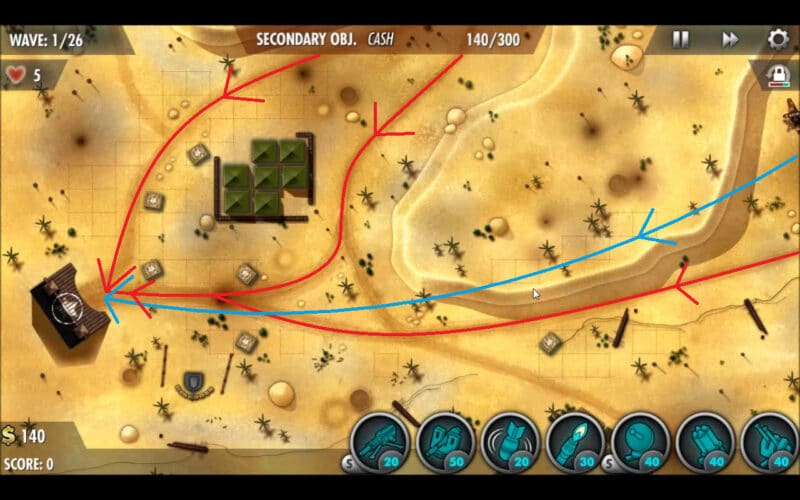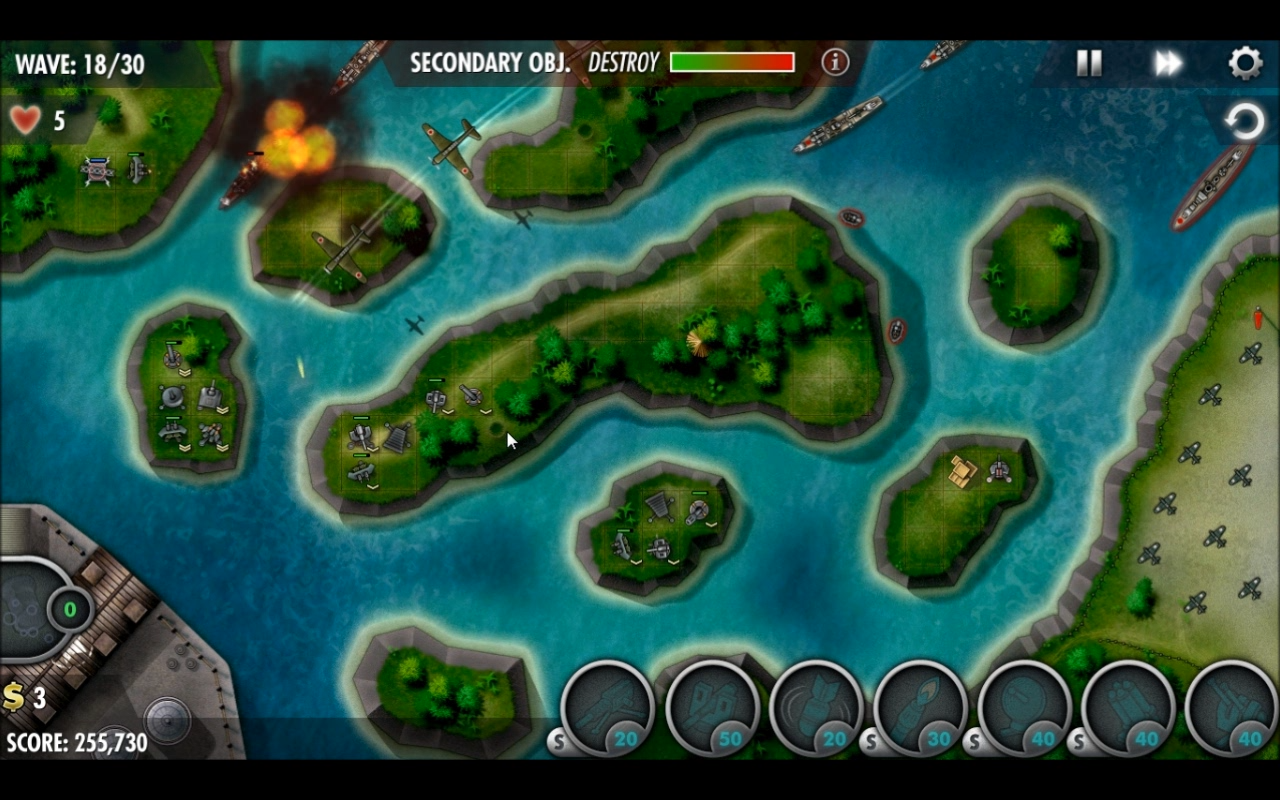

Accompanying them was Major General Kenneth B. That same month, the first Superfortresses arrived in India, having flown across the Atlantic Ocean, North Africa, Arabia, and Persia. China campaign Ĥ68th Bombardment Group Boeing B-29s attacking Rangoon Burma, 22 March 1945 Centralized control of the Superfortresses from Washington marked the recognition of the B-29 as a strategic weapon that transcended theaters and services. Hansell served as its chief of staff and the remainder of the Air Staff at Headquarters AAF performed duplicate duties as the staff of the Twentieth. Acting as executive agent for the Joint Chiefs and with the approval of Roosevelt, Arnold named himself commander of the Twentieth Air Force. The B-29s would double as transports to carry their own fuel and cargo requirements over The Hump from India. To avoid the risk that B-29s might be wasted by theater commanders on the battlefields when they would be much more useful against the Japanese home islands, the Joint Chiefs agreed in April 1944 to establish the Twentieth Air Force as a non-theater command controlled directly by the JCS, and approved Operation Matterhorn, a plan for bombing Japanese strategic targets with B–29s based in China. By April 1944, eight B-29 airfields were available in Asia. Meanwhile, 1,000 miles to the northeast, across the Himalayan mountains, about 350,000 Chinese workers toiled to build four staging bases in western China near Chengtu. Thousands of Indians labored to construct four permanent bases in eastern India around Kharagpur. Īdvance Army Air Forces echelons arrived in India in December 1943 to organize the building of airfields in India and China. General Arnold supported that decision as a temporary expedient, but still preferred strategic missions against Japan from the Marianas, once bases there were available. At the Sextant Conference in Cairo at the end of the year, he promised Chiang Kai-shek that the very heavy bombers would be coming to his country.


Roosevelt decided in favor of the China bases because he was impatient to bomb Japan and wished to bolster the Chinese war effort. In September, Combined Chiefs of Staff planners concluded that B-29s in China would be plagued by logistical problems. Not only were the Marianas closer to Tokyo, but once in Allied hands they could be supplied and defended more easily than other sites. While planners assessed this option, the Anglo-American Combined Chiefs of Staff, meeting in Quebec in August, authorized a central Pacific drive that included the seizure of the Marianas. The idea of basing Boeing B-29 Superfortresses in China first surfaced at the Casablanca Conference in January 1943.


 0 kommentar(er)
0 kommentar(er)
